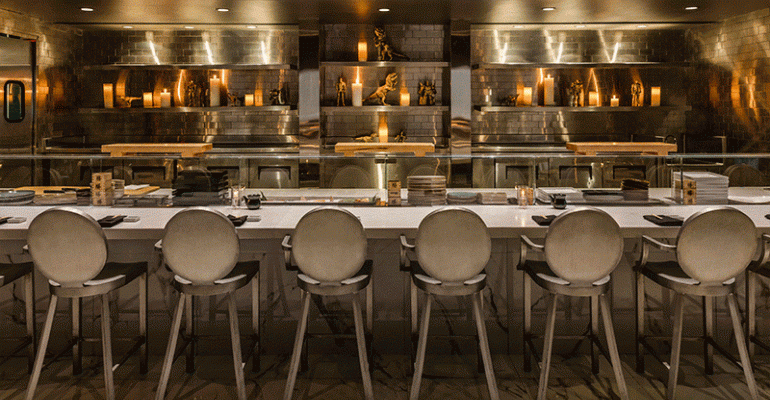A hard winter is coming for many hotel properties. But lodging assets that survive can look forward to a more hopeful spring
As doctors diagnose tens of thousands of new COVID-19 cases every day and hospitalizations in the U.S. hit new highs, local governments are setting new restrictions on travel and business. That means more empty hotel rooms for operators that were still only just starting to recover from the steep drops in travel that hit in early 2020, during the first weeks of the pandemic-related shutdowns.
“In the short term things are very dire,” say Jan Freitag, national director for hospitality market analytics for CoStar Group, working in the firm’s Nashville, Tenn., office.
However, with several companies having strong success in early trials, wide distribution of working vaccines against the virus should take place during the first half of 2021. As cases recede and restrictions are lifted, hotels may be able to almost return to business as usual by in the second half of the year.
“Business travel should resume by Labor Day,” predicts Freitag.
Fewer occupied hotel rooms in the fourth quarter
The number of infections caused by the coronavirus grew quickly in October and November. Even more new cases are expected by the end of the year, as people gather indoors and travel for the holiday season and compliance with best practices to stop the spread is mixed. More than a million people per day traveled in the days before Thanksgiving. “It’s scary to see what the outcome of that travel spike will be,” says Freitag.
The percentage of hotel rooms occupied in fourth quarter of 2020 is expected to drop to 41.5 percent, according to CBRE Hotels Research. That’s down from 44.2 percent the quarter before.
“Short-term performance will remain challenged by travel restrictions and local market lockdowns,” says Kevin Davis, senior managing director for the Hotels & Hospitality Group in the New York City office of JLL.
The average revenue per available room (RevPAR) dropped in October to 49 percent less than it had been the year before, according to CoStar. The drop in revenue undid some of the recovery since the first days of the pandemic. RevPAR in April was 80 percent less than it had been the year before. By September it had improved to be just 46 percent less than the year before.
Limited service hotels have been much more able to operate profitably during the pandemic. The average limited service hotel returned to profitability in May. “Cutting costs and reassigning staff helped limited-service hotels,” says Freitag.
Economy and extended-stay hotels have also performed relatively well, though not nearly as well as 2019. “These hotels have always operated under leaner staffing models,” says Davis.
In contrast, full-service hotels have faced the greatest challenges. Their conference spaces and restaurants have had to close. The business travellers they depended on are mostly staying home.
“In general, the higher-priced, full-service properties are suffering the greatest deficits,” says Robert Mandelbaum, director of research information services for CBRE Hotels Research, working from the firm’s Atlanta office.
The average full-service hotel returned to profitability over the summer, but not until July. Also, many full-service hotels have not been able to adapt. “There is profitability… but it is skewed away from downtown boxes… If your full-service hotel has a land lease and union contracts, there is a high probability that you were not profitable.”
Lenders have been relatively patient
So far, relatively few hotels have been seized by lenders, even though many have fallen behind in their mortgage payments.
A total of $28.1 billion in loans to hotels became distressed in the first three quarters of 2020, according to Real Capital Analytics, based in New York City. However, only 4.6 billion in loans were worked out over the same period.
“Lenders have been most flexible in situations where ownership is still able to cover costs associated with maintaining the hotel,” says Mandelbaum. “These would include all operating and ownership costs short of mortgage coverage. In these cases, we have seen flexibility from lenders.”
“We’ve not seen signs of true distressed selling,” says Davis. “We expect that much of the distressed selling will originate with the lenders, whom thus far have shown a willingness to offer forbearance, and otherwise work with borrowers to modify loan terms.”
The troubles for the hotel industry should by over before too long. Economists expect a vaccine against the coronavirus will be widely distributed in the first half of 2021. That should release a pent-up demand for hotel rooms. “We are predicting the strongest RevPAR growth ever in 2021,” says Freitag.
However, even the historic improvement predicted by CoStar would still leave RevPAR down a third compared to 2019. “This is a long, long road to recovery,” says Freitag.

